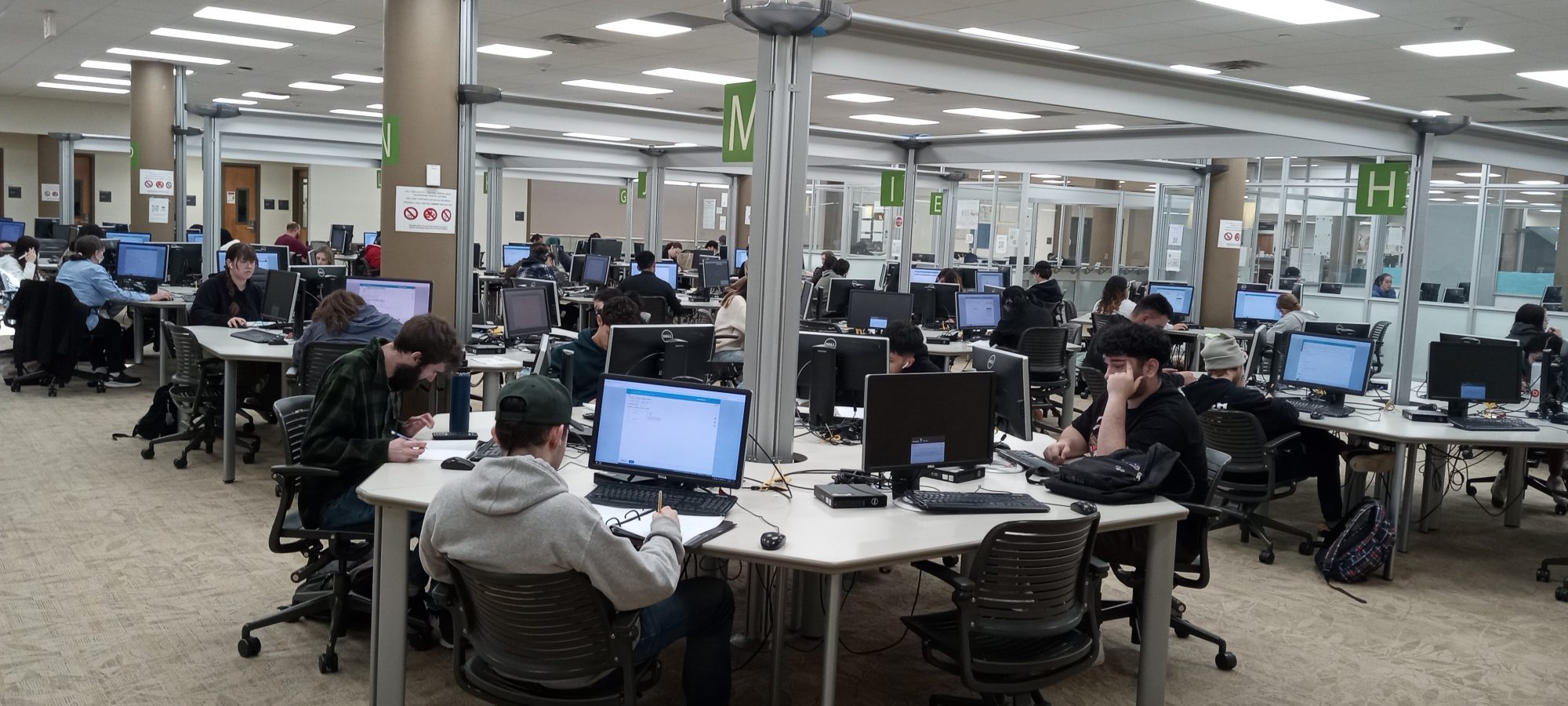How Does Math 1215 Work?
Math 1215, Intermediate Algebra, is an Aleks-led course that is available in the Math Learning Lab. Students are expected to work through a set number of topics for each section of the three-part class (X, Y, & Z respectively) with tutors offering help whenever they need during MaLL operating hours. Each section of the class will begin with an initial knowledge check (via Aleks) that’ll determine what you know and how many topics you’ll begin with. Instructors will provide checkpoint dates to students and the number of topics they’re expected to be at for the week/day to maintain pace with the course. Class time will be dedicated to working on Aleks independently, or with tutor help, and meeting with instructors.
It is recommended you spend at least 5 hours per week (PLUS 8 hours for summer semester) in Aleks to maintain pace with the course and topic goals; if you are behind, you’re expected to increase your weekly hours.
To finish a section, a student must take the final exam. Students will get 2 attempts at the final exam. The completed pie is worth 40% of the overall grade, and the final exam is worth 60%. An overall grade of 70% is required to complete the course. Anything below 70% will result in a no-credit grade for the class.
Please refer to your instructor’s syllabus for more detailed information.
Prerequisite: (MATH 021 and MATH 022) or MATH 100 or FYEX 1010 or ISM 100 or ACT Math =>17 or SAT Math Section =>460 or ACCUPLACER Next-Generation Advanced Algebra and Functions =218-238*
Pie Goals
The exam must be passed within the 4-week half-semester. If a student completes the pie early, then the exam will be taken earlier and they can move on to the next class.
| 1st half Deadline | 2nd Half Deadline | X | Y | Z | |
| Goal 1 | June 5th | July 3rd | 85 | 80 | 126 |
| Goal 2 | June 8th | July 6th | 105 | 99 | 150 |
| Goal 3 | June 12th | July 10th | 120 | 115 | 176 |
| Goal 4 | June 15th | July 13th | 135 | 130 | 196 |
| Goal 5 | June 19th | July 17th | 145 | 140 | 212 |
| Goal 6 | June 22nd | July 20th | 150 | 145 | 220 |
Student Learning Outcomes (SLO’s)
- Demonstrate appropriate use of basic function language and notation
- Simplify and perform operations on algebraic expressions
- Solve single-variable equations of the types mentioned above
- Interpret and communicate algebraic solutions graphically and numerically
- Demonstrate contextual problem-solving skills (including setting up and solving problems and interpreting solutions in context)
- Apply appropriate algebraic, graphical, and numerical problem-solving methods

